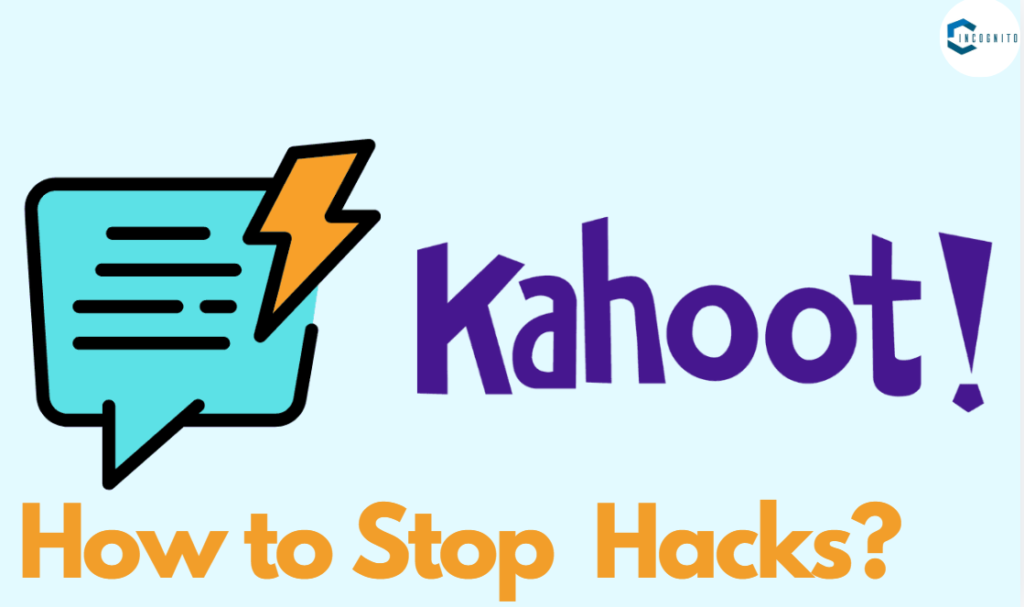
In every class, there’s always that one student who likes to have attention all the time. And with today’s tech-savvy kids, they’ve discovered ways to mess with apps like Kahoot by turning what should be a fun classroom activity into a game of tricks. It’s no secret that students have found creative ways to hack Kahoot for cheating or just to cause trouble, making life tough for teachers trying to keep the lesson on track.
But why should we care about Kahoot hacks? Well, it’s not just about winning or losing a fun quiz. These cheats can disrupt the entire flow of a lesson, distract other students, and make teachers’ jobs harder. Let’s dive into what these hacks are, how students are pulling them off, and most importantly that how teachers can outsmart these sneaky tricks.
So Stay tuned to the end to know everything.
What Are Kahoot Hacks?
A “hack” is just a fancy word for breaking into a system and using it in ways it wasn’t intended. For Kahoot, that means students find ways to mess with the game by altering how it works. And thanks to the internet, it doesn’t take a genius to figure this out. A simple Google search can lead students to tutorials on how to cheat.
Some common Kahoot hacks include:
- Messing with the nickname generator: Instead of using their real name, students can generate inappropriate or silly names.
- Using bots to spam the game: Hundreds of fake players can join the game, overwhelming it with too many users.
- Accessing cheat codes: Some sites let students see the correct answers before anyone else.
- Denial of Service (DoS) attacks: This is when the game is flooded with so much traffic that it crashes, preventing anyone from playing.
These hacks aren’t always easy to detect. Students usually pull them off from their own devices, which means teachers may not even realize something is wrong until the game becomes a chaotic mess.
How Are Students Getting Away With It?
Since Kahoot is often played on personal devices like phones, tablets, or Chromebooks, students can easily open another tab to find cheat sites or join with bots. Sometimes, it’s hard for teachers to know who’s cheating because the hacks are subtle, like someone suddenly getting every question right when they’ve never done well before.
One teacher shared her experience of catching a student who, despite having poor grades, managed to win a Kahoot game with a perfect score. When confronted, the student admitted to cheating. So, if you notice a sudden rise in scores or a student who isn’t paying much attention, that might be a red flag.
Read About HomeWorkify: A Key Learning Tool for Students and Workers (& Is it shutdown now?)

How to Stop Kahoot Hacks?
How to Stop Kahoot Hacks?
Here are some handy tips from real teachers who’ve dealt with Kahoot hacks:
- Block cheat websites: Ask your school’s IT department to block popular Kahoot hack sites on school devices. But keep in mind, new sites pop up all the time, so it’s an ongoing battle.
- Turn off the automatic nickname generator: Require students to use their real names to avoid inappropriate or silly nicknames popping up.
- Lock the game once it starts: Before you hit the start button, lock the game so no new players can join mid-way. This prevents spamming bots from jumping in.
- Use 2-step authentication: Kahoot offers a feature that requires players to enter a PIN, which changes every few seconds. It’s not foolproof, but it’s much harder to hack.
- Walk around the room: This old-school method still works. By simply walking around and monitoring what’s on students’ screens, you can catch potential cheaters in the act.
- Have backup plans: If the hacking gets out of hand, switch to paper quizzes or move on to another activity. Sometimes, just showing that you’re aware of the cheating is enough to stop it.
Read About Online Learning with Doctrina AI.
Alternatives to Kahoot for Teachers
If Kahoot has become more of a headache than a help, consider trying one of these alternatives:
|
App |
Features |
| Quizizz |
Self-paced quizzes with memes and feedback to keep students engaged |
|
Baamboozle |
Fun, team-based games perfect for younger students. |
| Blooket |
Game modes like Tower Defense make learning feel more like a video game. |
|
AhaSlides |
Great for live quizzes and presentations. |
| Gimkit |
Offers live and asynchronous games, with a focus on earning “cash” through correct answers. |
These alternatives offer different features that can shake up your classroom routine and make it harder for students to rely on the same old hacks.
Conclusion: Keep the Fun, Ditch the Hacks
Kahoot can be a powerful tool for engaging students and making learning enjoyable, but only when it’s used fairly. By staying a step ahead of hackers and incorporating some creative teaching strategies, you can ensure that your quizzes stay fun and competitive. If Kahoot continues to cause trouble, there are plenty of other options out there that offer similar fun without all the drama.
Remember, the goal is to help students learn and not just win a game. So, whether you block the bots, walk around the room, or switch to a different platform, you’ve got plenty of ways to keep your class on track and hack-free.





